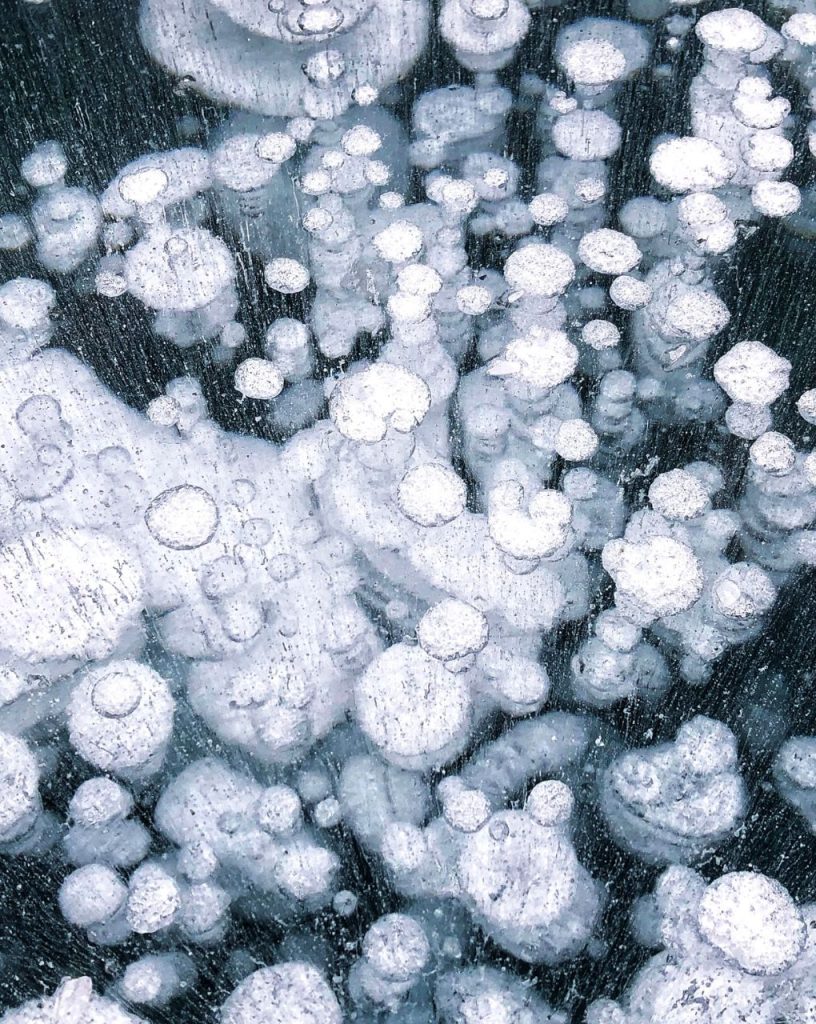- Home
- Health Topics
- Health Hazards
- Abandoned Gas and Oil Wells
Abandoned Gas and Oil Wells

If you smell H2S (rotten eggs) near your home and suspect a leaking gas well, contact The Spills Action Centre: 416-325-3000 | (toll-free) 1-800-268-6060 | (TYY) 1-855-889-5775
Across Ontario, there are approximately 27,000 inactive oil and gas wells. Many of these abandoned wells, often called legacy oil and gas wells, are located on private lands in southwestern Ontario and were drilled many years ago. These wells are often no longer in use and were abandoned without following today’s safety and environmental standards. Some may not be visible above ground, leaving landowners unaware of their presence.
Improperly constructed, maintained or abandoned wells can pose risks to the environment and human health.
Inactive oil and gas wells can leak fluids and release chemicals which can contaminate soil or groundwater and may affect air quality. If a well is leaking, the ground may dip or sink over or around a well causing a tripping or collision hazard.
Leaking wells may release hydrogen sulphide, a poisonous gas that smells like rotten eggs, and methane, an odourless and flammable gas. The health effects from breathing in these chemicals can vary depending on how much is in the air. Exposure to low levels may cause minor health effects, such as irritation of the eyes, nose and throat. Exposure to higher levels, particularly in confined spaces, may have more serious health effects and can be fatal.
The long-term effects of living near old and abandoned gas wells are not well known, however studies are ongoing.
Learn more about: Hydrogen Sulphide (H2S) | Methane Gas (CH4)
To determine if your property has a gas or oil well, start by searching online maps and resources.
- Use the Petroleum Well Map to find out if there is a record of a well on your property.
- Use the Oil, Gas and Salt Resources Library Petroleum Well Map if you have an oil or gas well on your property and want to view more detailed records.
Speak with long-standing neighbours or local well drillers who might have knowledge of well locations. Walk your property systematically to look for signs of abandoned wells.
The following sites or signs may indicate an abandoned well:
- Farm properties with multiple farmsteads, abandoned structures, uncultivated sites or sinking land.
- In farm areas with stunted vegetation, compacted trails, oil residue, or abandoned drilling pads.
- Patches of dead vegetation or soil staining
- A rotten egg smell caused hydrogen sulphide
- Natural gas bubbling or oil odours in well water
For additional information, visit: Locating existing water, gas or oil wells | ontario.ca
If you discover a well on your property that is not in the above databases, or you are not sure, contact the Petroleum Operations Section (Email: [email protected] | Telephone: 519-873-4634)
If you suspect a gas well leak and experience symptoms, remove yourself from the area and seek medical attention.
If you notice a rotten egg scent and suspect a hydrogen sulphide or methane gas leak:
- Near your home, call the Spills Action Centre of the Ministry of Environment at 416.325.3000 or 1-800-268-6060 (toll-free)
- Inside your home, call your local fire department — In Norfolk County │ In Haldimand County
- Use the Petroleum Well Map to find out if there is a record of a well on your property
- Use the Oil, Gas and Salt Resources Library Petroleum Well Map for more detailed records about known oils and gas wells.
- The Abandoned Works Program is a program offered by the Ministry of Natural Resources, to help Ontarians properly plug wells on their property.
- Report suspected gas leaks to the Spills Action Centre at 416-325-3000 or (toll-free) 1-800-268-6060 or (TTY) 1-855-889-5775
The MAPSH (Monitoring Methane, Air Pollutants, Soil Quality, and Human Health) study aims to assess participants' health symptoms in relation to indoor air quality and the presence of abandoned oil and gas wells.
This study involves air monitoring within homes that may be impacted by an abandoned gas or oil well. H2S monitoring can be included specifically.
For more information about the study and/or becoming a participant, contact the MAPSH study team at 647-601-4641 or send an e-mail to [email protected]
CAUTION: Confined SpacesSmall, enclosed spaces such as a cistern, septic tank, some farming and industrial equipment, well (dug / bored wells) or a well pit, may be considered Hazardous Confined Spaces and should never be entered by anyone other than a trained professional. For more information on Hazardous Confined Spaces please visit: |


